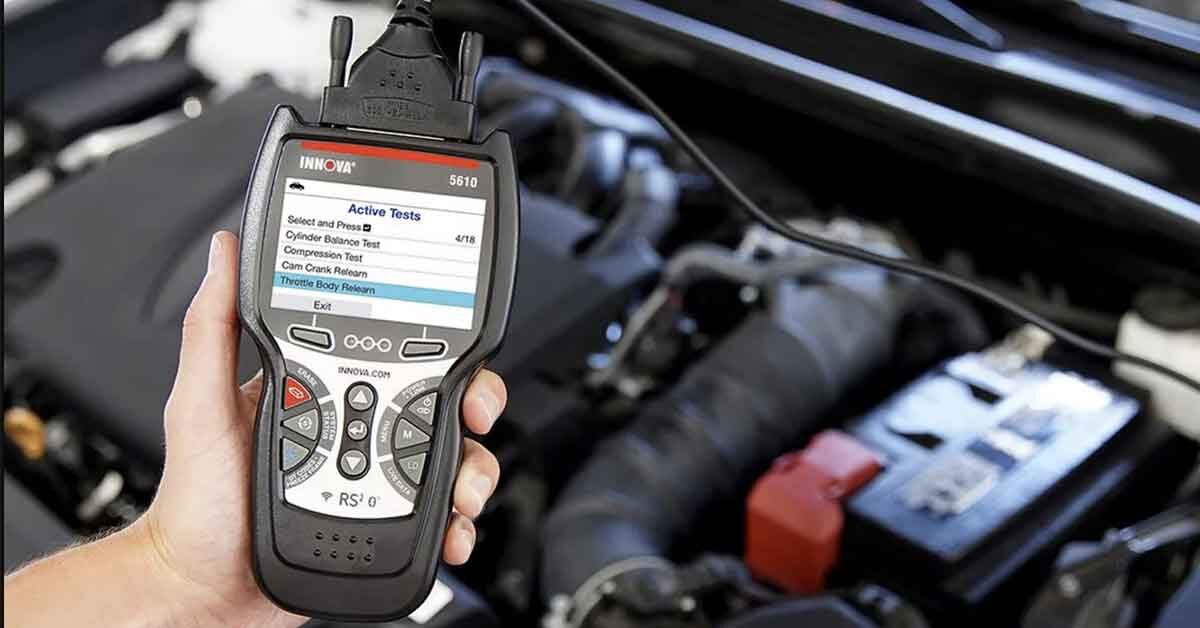HAVE YOUR VEHICLE DIAGNOSED
Modern vehicles can have anywhere from 30 to 100 individual on-board computers feeding information to a central control unit, which is called the on-board diagnostics system (OBD 2). These different computers monitor everything from how far your vehicle is leaning in a corner to how much oxygen the exhaust contains. Often taking thousands of readings per second the on-board diagnostic system can inform the driver by illuminating a warning light on the dashboard.
No matter if your light is steady (make an appointment as soon as you can) or if it is blinking (indicating a severe misfire that needs immediate attention to avoid extensive engine or engine-related component damage) you will need to have your vehicle diagnosed by a qualified automotive technician. These professionals will use modern diagnostic equipment to determine where in the system the issue is by diagnosing failures in either the control units or the parts they are monitoring.
Things that you can keep an eye out for to indicate a start of a problem:
- Hard starting or extended cranking in hot or cold situations
- Hesitation when you first accelerate
- Increased fuel consumption
- Pinging or knocking under hard acceleration
- Routinely stalling
- Lack of power when accelerating or going up an incline
Don’t let just anyone “tinker” or guess when dealing with these components – only qualified automotive technician has the equipment and data required to diagnose and repair modern problems in modern vehicles.
TIP – if your check engine light comes on and is steady, try checking your gas cap to make sure that it is correctly tightened. It may take a couple of trips to get the light to reset.
